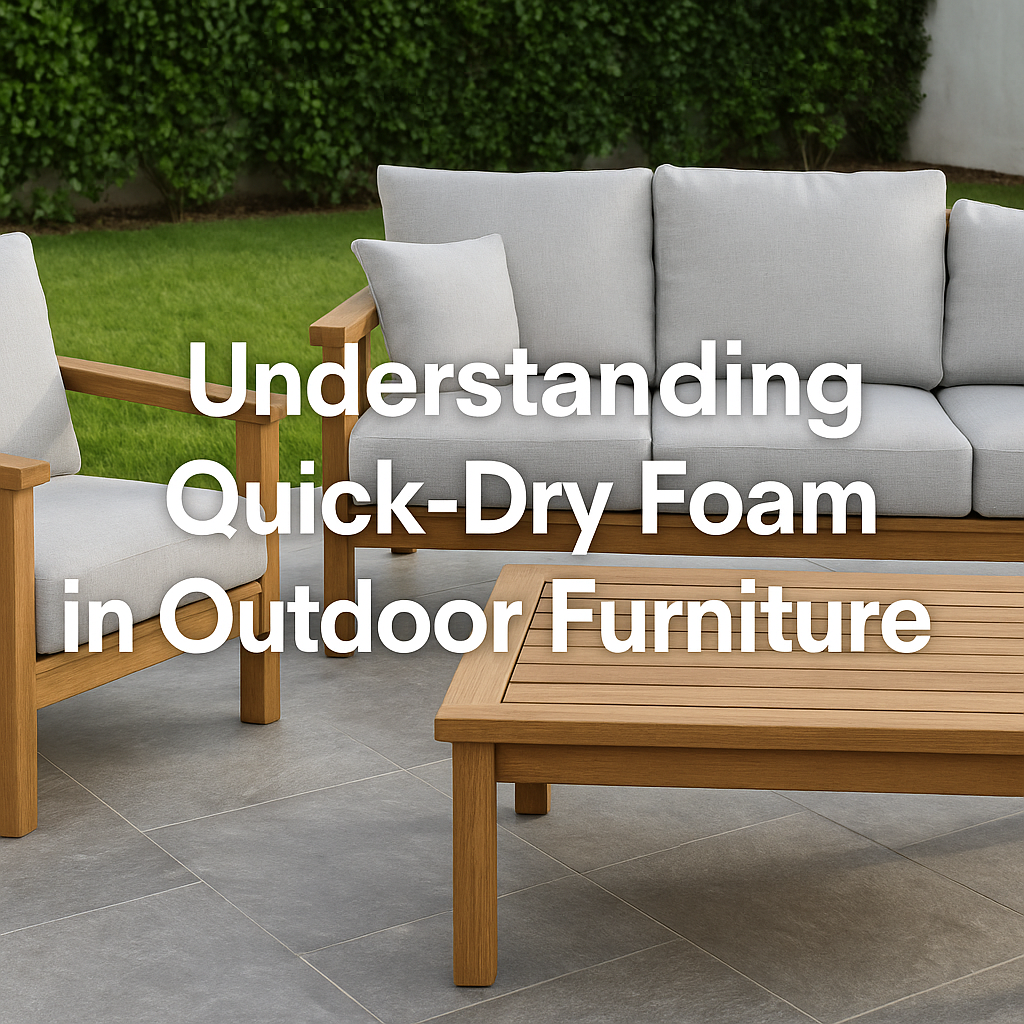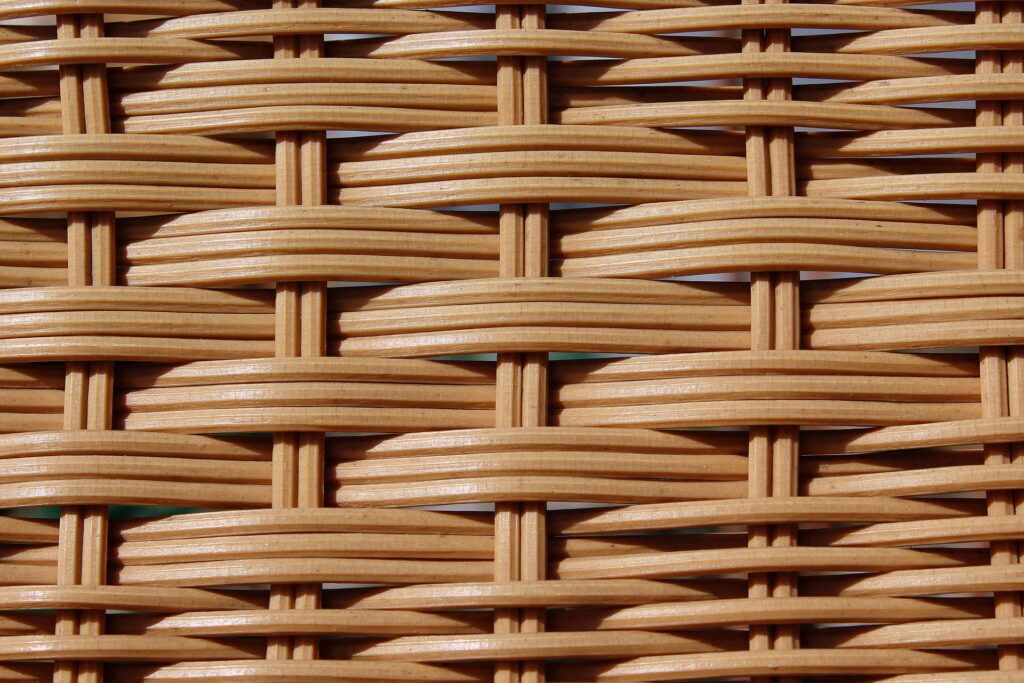Learn how quick-dry foam is used in outdoor furniture, its benefits and limitations, and how to distinguish high-quality materials from lower-grade alternatives.
When choosing cushions for outdoor furniture, one material often stands out: quick-dry foam. Also referred to as quick-drying sponge or reticulated foam, this innovative material is engineered for open-air environments where moisture and ventilation are key considerations. But what makes quick-dry foam so popular—and are all quick-dry foams created equal? Let’s dive in.
What Is Quick-Dry Foam?
Quick-dry foam is a type of polyurethane foam with a highly porous, open-cell structure. Unlike traditional indoor sponge that traps moisture, quick-dry foam allows water to pass through it freely and evaporate quickly. This makes it ideal for outdoor use, where rain, humidity, and splashes are common.
Its structure is designed to dry rapidly—typically within a few hours after rainfall—thanks to its superior air circulation. It’s commonly used in garden sofas, lounge chairs, patio cushions, and even marine furniture.
Advantages of Quick-Dry Foam
- Rapid drainage and drying: Prevents mold and mildew growth
- Breathable and lightweight: Enhances comfort, especially in warm climates
- Low maintenance: Can be rinsed and left to air-dry naturally
- Longer cushion life: When paired with outdoor fabric, cushions last through multiple seasons
These features make quick-dry foam a favorite among designers and hospitality buyers who need functional comfort with easy care.
Disadvantages of Quick-Dry Foam
Despite its benefits, quick-dry foam isn’t perfect for every scenario:
- Firm texture: Compared to high-density indoor foam, quick-dry versions can feel stiff, especially for back cushions
- Higher price: Quality quick-dry foam costs more than conventional sponge
- Sun sensitivity: Prolonged UV exposure can degrade low-quality foam over time
For clients prioritizing plush comfort, many prefer to use standard sponge in combination with quick-dry only for the seating base.

How to Identify High-Quality Quick-Dry Foam
Not all quick-dry foams are the same. Here are signs of premium material:
- Uniform pore size: Indicates controlled manufacturing and better airflow
- Elasticity: Bounces back easily when compressed, without sagging
- No yellowing or brittleness: Aged foam loses structure and may crack
- Odorless and clean: Should not emit chemical smells or discolor fabrics
Low-quality substitutes may be marketed as “outdoor foam” but absorb water or lose their structure quickly.
How CG OUTDOOR FURNITURE Uses Quick-Dry Foam
At CG OUTDOOR, we use high-resilience quick-dry foam for our seat bases and mix in softer sponge for back pillows. This provides long-lasting structure where needed and comfort where preferred. For clients who prioritize ultimate softness, we also offer customization with high-density sponge wrapped in waterproof covers and paired with rain-protection solutions.
If you’re investing in outdoor furniture, don’t overlook the inner material. It’s just as important as the exterior.
For added protection, pair your quick-dry cushions with Sunbrella® fabrics and a custom-fit rain cover—available as part of our accessory service.
Final Thoughts
Quick-dry foam is a breakthrough material that significantly improves the durability and hygiene of outdoor seating. While it comes at a higher cost and firmer feel, its benefits outweigh the limitations for many outdoor environments.
When in doubt, ask your supplier for foam samples or compression data. And remember: the difference between a good outdoor set and a great one often lies beneath the surface.



